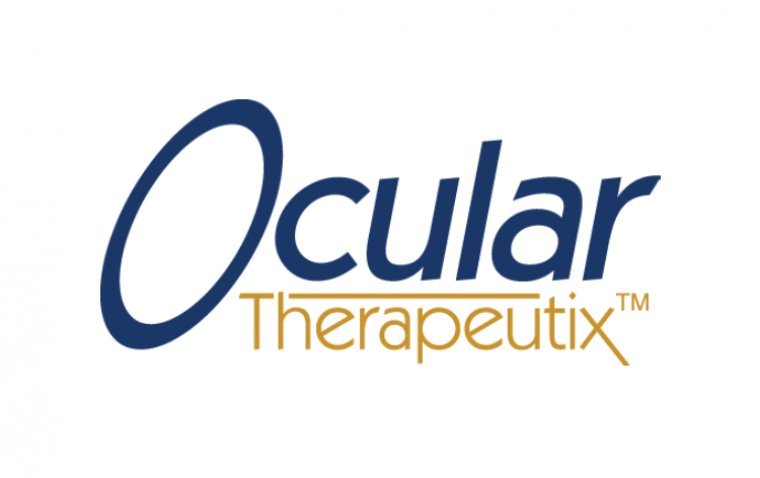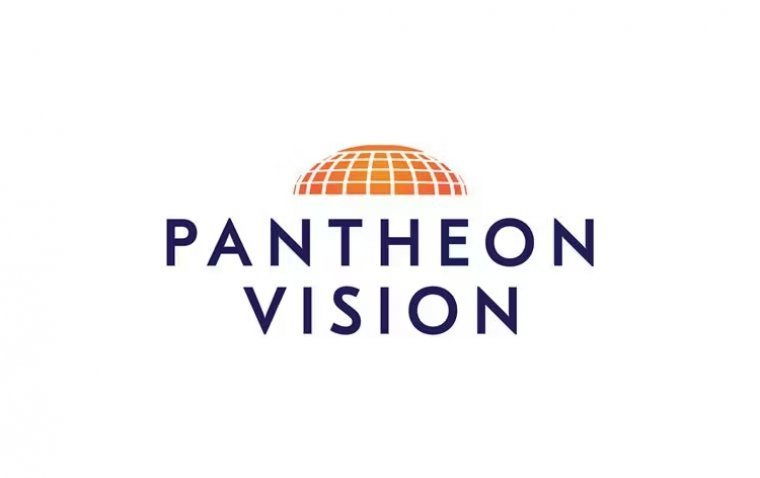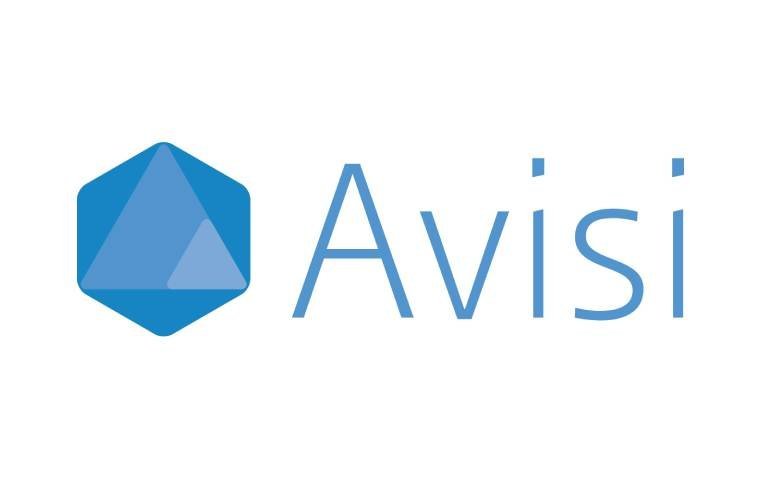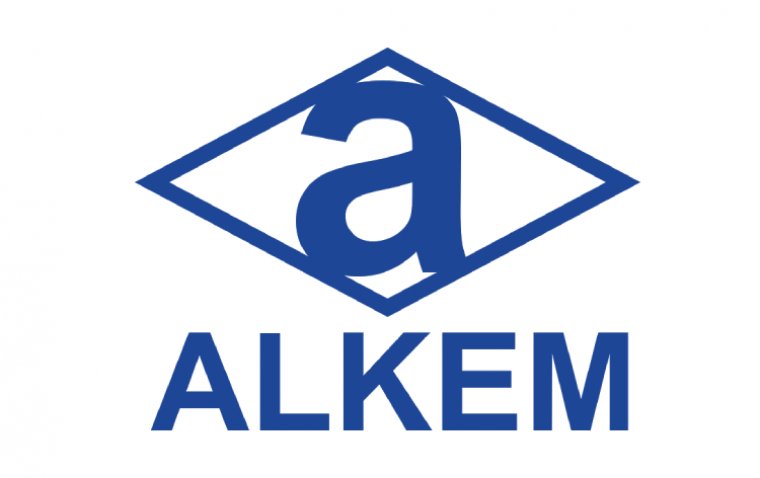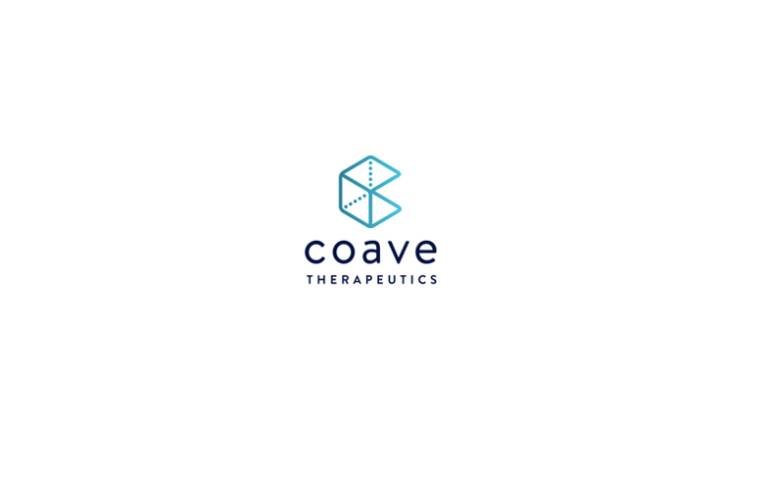
Johnson & Johnson Unveils New Data on ACUVUE OASYS MAX 1-Day Contact Lenses at Academy of Optometry 2024
Johnson & Johnson is set to present comprehensive data on the ACUVUE OASYS MAX 1-Day contact lens family at the Academy of Optometry 2024. Key findings address various aspects of contact lens performance, including contrast sensitivity, natural image brightness, and ease of handling, as well as insights into myopia management, digital technology in eye care, and health economics.
Innovations in ACUVUE OASYS MAX 1-Day: Eye-Inspired Design and Technological Advancements
The ACUVUE session at Academy 2024 will delve into the concept of Eye-Inspired Design, where technology and comfort intersect to address patient needs. Dr. Xiao-Yu Song, Global Head of Research and Development for Vision at Johnson & Johnson, emphasized the importance of research in eye health innovation, stating:
“Research and scientific data are fundamental to the eye health innovations we bring to patients. We are excited to share our latest findings within 23 accepted abstracts that uncover ways we can improve visual outcomes for patients through technology and real-world evidence.”
Key Data Highlights from ACUVUE OASYS MAX 1-Day Presentations at Academy 2024
Improved Appearance and Handling of ACUVUE OASYS MAX 1-Day Contact Lenses
Study by Meredith Bishop et al.
A consumer study of 98 regular contact lens users revealed that the ACUVUE OASYS MAX 1-Day’s distinct blue-green appearance enhances visibility in blister packs, improving handling compared to Dailies Total1. This visual aid, especially beneficial for presbyopic patients who may struggle with near vision, is achieved through ACUVUE’s OptiBlue Technology, which combines a blue-violet light filter with a blue handling tint.
HEV-Filtering Technology Reduces Halos and Light Scatter in Multifocal Lenses
Research by Randy and Lisa Hammond et al.
Some practitioners are cautious in prescribing multifocal lenses due to concerns over light scatter and halos. In a clinical trial involving 35 subjects, researchers evaluated the HEV-filtering feature of ACUVUE OASYS MAX 1-Day multifocal lenses. The results suggest that this design may reduce halos and light scatter, making multifocal lenses a more viable option for those who experience dysphotopsias.
Advancements in Myopia Control Using an Omnibus Model
Study by Mark Bullimore et al.
Accurate tracking of axial elongation and refractive progression is essential for managing myopia effectively. This study updates data on evidence-based interpretations, showing that comparison to axial elongation charts is the most precise method for monitoring myopia progression. The omnibus model provides one-year projections and reference data, which can enhance the efficacy of myopia control interventions.
Addressing Cataract Surgery Disparities in the U.S.: Optometry’s Role
Research by Tawnya Pastuck et al.
A review of 41 studies on racial, ethnic, and gender disparities in cataract surgery identified four critical stages in the patient journey that impact outcomes: routine exams, surgical evaluation, the surgery itself, and post-operative care. The findings show that Black, Hispanic, Asian, and female patients in the U.S. face disparities throughout the cataract care continuum. The study suggests that optometrists and healthcare providers can play a vital role beyond the traditional biomedical model to help bridge these care gaps and improve outcomes for underserved communities.
(1).jpg)
